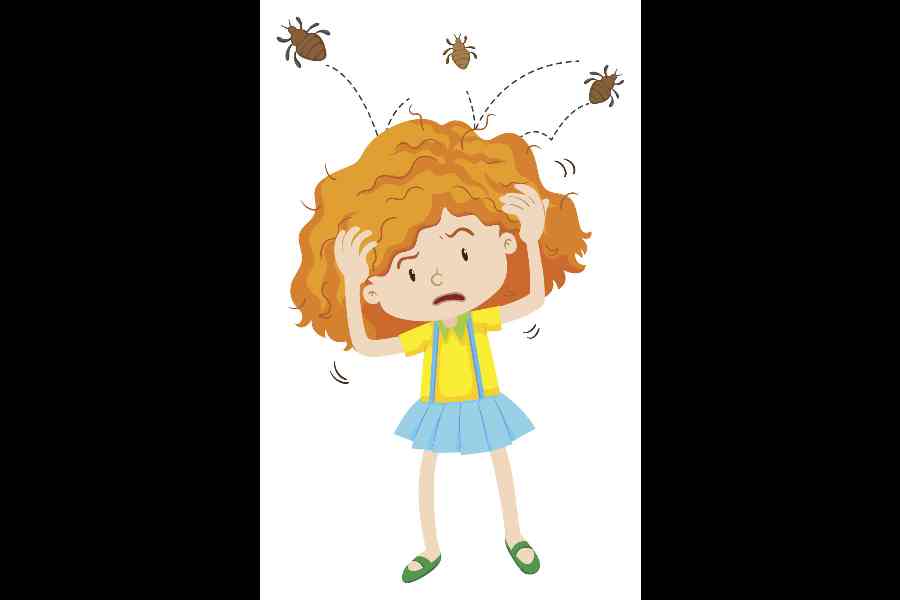Headlice or Pediculosis capitis is common, international and acutely embarrassing. People (even sufferers) equate it with “dirty people” who have poor personal hygiene. This is, however, far from the reality.
Head lice do not respect economic status. Once someone from the school, college or family has it, it spreads like wildfire. Overcrowding and close contact spread lice faster, but they can be left behind from an infected person’s head and then spread via bed sheets, towels and even upholstery. They can live for two days without a host.
Head lice are obligatory ectoparasites. That means they can only live with a host, in this case, a human. They only live on human heads, not the groin, the body, moustache or beard. Lice that live on the body belong to the same family but differ in preference. Body and groin lice cannot live on the head and vice versa. They are very specific in their environmental choices. Lice cannot live on other animals, so pet dogs and cats cannot spread lice or harbour them.
Contrary to common belief, they cannot jump or fly. They crawl from one person’s head onto the next along any surface they can find. Well-to-do and educated people often cannot accept a lice infestation and try to hide it. The more they avoid treatment, the more the population of lice increases.
Lice lay around eight eggs a day, close to the root of the hair. The eggs hatch in seven days and reach adulthood in seven days. They live for 30 days. Each couple produces around 250 children before they die. The lice population explodes if not treated adequately and if the infestation is not caught in time.
If the infestation is severe, they can be seen crawling around on the head. They bite at night. The person may complain of intense itching, interfering with sleep. Entire households get infected.
The eggs or nits are white in colour and laid close to the scalp. They are firmly attached to the hair and appear further from the head as the hair grows. They look like dandruff. Dandruff can be shaken loose from the head, but nits cannot.
Once the problem has been identified:
Make the person sit on a white sheet
Oil the head with coconut oil or apply conditioner lavishly
Comb the hair with a fine-toothed lice comb. The black lice will fall on the sheet and can be identified and squished.
Nits need to be removed manually. There are nit combs but they are not very efficient. The eggs should be placed in hot water. The comb needs to be placed in hot water for 10 minutes after use. Bedsheets, towels and blankets need to be washed in hot water. They should be dried in the sun.
Lice can crawl onto furry toys. These need to be sealed in plastic bags for a week.
Chemical “lice shampoos” are very effective. They may not kill nits. Reshampooing needs to be done a week later and again, preferably a week after that. All members of the household should receive treatment on the same day to prevent back-and-forth transmission of infection.
Some super lice are resistant to lice shampoos. They need medication, a tablet called ivermectin. The dose should be correct and repeated after a week so that any hatched nits will die.
Do not try to kill lice with pesticides. They are poisonous to humans, particularly children. Do not attempt to kill lice with kerosene or diesel. The fumes are toxic. They are also highly inflammable chemicals and the person may catch fire.
Even after treatment, for the next couple of months, comb the hair after oiling with a fine-toothed comb at least once a week. This is to prevent reinfection from others as the original source may not be known.
The writer has a family practice at Vellore and is the author of Staying Healthy in Modern India. If you have any questions on health issues please write to yourhealthgm@yahoo.co.in










